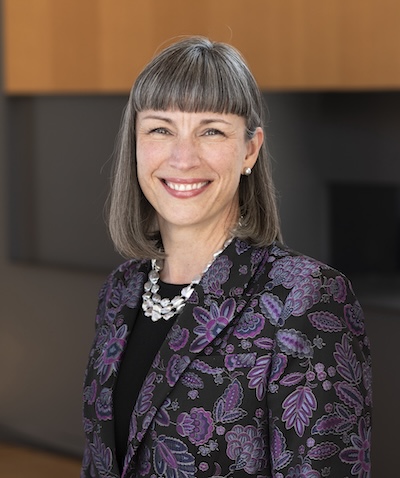Performances
DSO wraps season with blazing Prokofiev, majestic Walton and offbeat premiere
To close the Dallas Symphony Orchestra’s 2023-2024 season, guest conductor Vasily […]
DSO program deftly mixes favorite Rachmaninoff and challenging Shostakovich
The Dallas Symphony Orchestra hosted two worthy guest artists as part […]
Dohnányi and Brahms quintets bring CMSFW season to impassioned close
The Chamber Music Society of Fort Worth’s concert series at the […]
Splendid singing and playing mark the DSO’s semi-staged”Die Walküre”
The Dallas Symphony Orchestra’s performance of Wagner’s Die Walküre, the second […]
Imaginative “Das Rheingold” sets the DSO’s semi-staged Ring cycle in motion
The Dallas Symphony Orchestra’s performance of Das Rheingold on Wednesday served not only […]
Articles
Critic’s Choice 2023-24
Blanchard: Suite from Fire Shut Up in My Bones. Terence Blanchard […]
Houston Grand Opera eager to set sail with Smyth’s “The Wreckers”
Stage director Louisa Muller makes no pretense about her history with […]
News
Burns returns to take top job at Dallas Symphony this fall

The Dallas Symphony Orchestra has named Michelle Miller Burns as the ensemble’s next president and CEO.
She succeeds Kim Noltemy, who after seven years at the top job in Dallas, departed last month for her new position as president of the Los Angeles Philharmonic.
“I am delighted to return to Dallas to lead this incredible organization,” said Burns in a statement released by the orchestra. “The DSO is where I first stepped into a senior leadership role in the orchestra field, and this is an organization and a community that I love.”
She added that the “Dallas Symphony is on an exciting trajectory – actively building on its commitment to artistic excellence and community engagement. I look forward to working with musicians, artistic leadership, Board, staff, volunteers, fans and supporters to continue to strengthen the DSO’s impact in Dallas and beyond.”
Burns has been president and CEO of the Minnesota Orchestra since 2018. She served as interim president of the Dallas Symphony for eight months in 2017-18 as well as executive vice president for institutional advancement & COO.
“During her time with the DSO, Michelle established strong relationships throughout the organization, and we are thrilled that she is re-joining the DSO as its next President & CEO,” said Cece Smith, chair of the DSO board. “We know that with her depth of experience in the orchestra field, her very successful tenure with the Minnesota Orchestra and her deep ties within the Dallas community, Michelle will continue the momentum of the DSO.”
“I am confident that Michelle will be a great partner to build upon our strengths and bring even more audiences and attention to the Dallas Symphony, further developing our activities for our community and internationally,” said music director Fabio Luisi.
Burns will take up the position September 23 at the start of the fall season.
Calendar
September
The TXCR calendar of events will return in September. […]
News
Texas Classical Review wants you!
Texas Classical Review has an immediate need for concert reviewers in […]
Larry Rachleff, 1955-2022
Larry Rachleff, a fiery conductor who was the founding music director […]